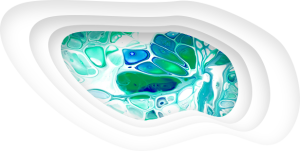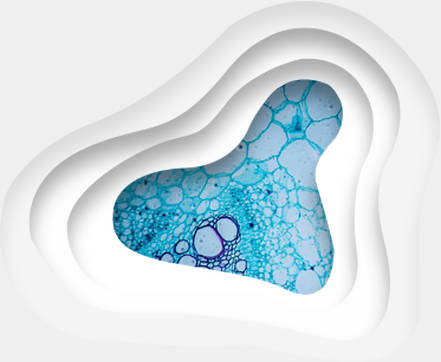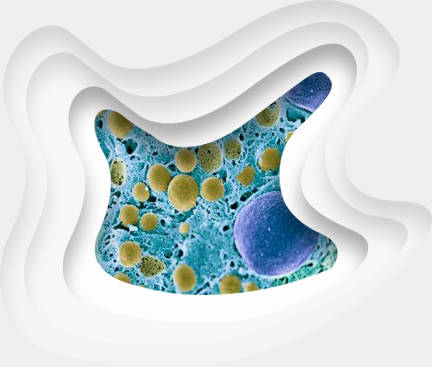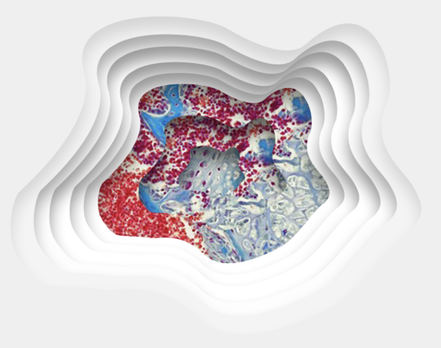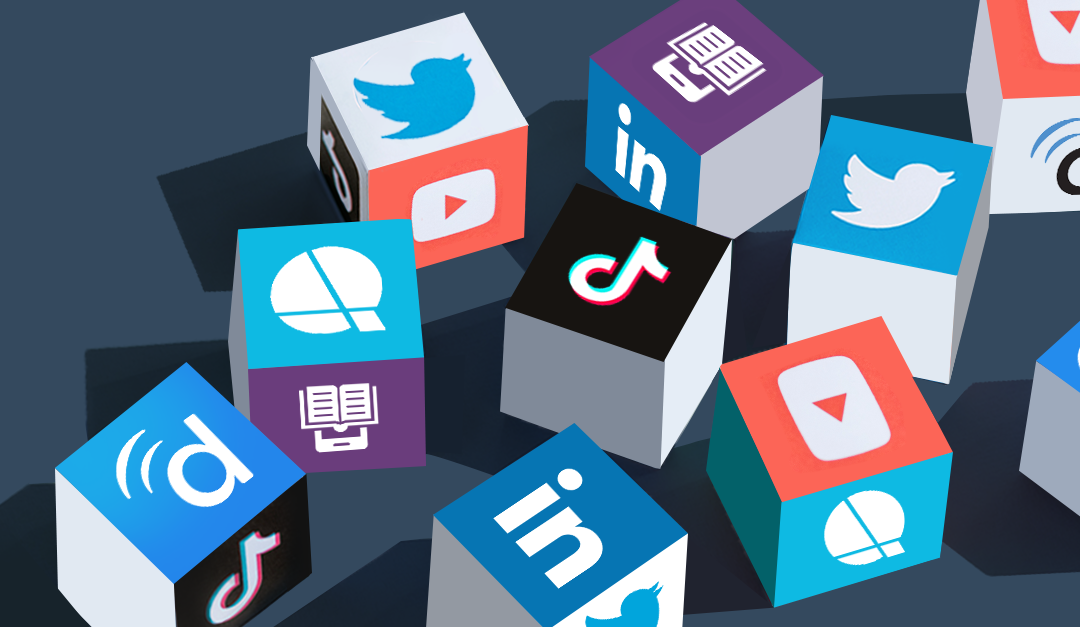The COVID-19 pandemic has led to a surge in dependence on the internet, social media, and digital tools and devices. As a result, people are becoming increasingly concerned about their digital well-being and experiencing digital fatigue. Digital/user fatigue, tech-weariness, or screen burnout is a state of mental exhaustion due to excessive and concurrent use of multiple digital devices. But since digital is now the predominant medium through which businesses can reach most customers, how can they engage audiences while taking care not to overwhelm and fatigue them?
In the pharmaceutical industry, the problem runs much deeper as there is more to deal with than just digital fatigue among stakeholders. The major problem here is distrust. And content overload will only worsen this issue. Hence, the first step for the industry in this regard should be to begin the journey of gaining the audience’s trust by avoiding medical jargon and delivering reliable, personalized, and bite-sized content that is easy to understand.
Why the pharma industry needs to personalize content
Approximately one-third of consumers are overwhelmed with the number of digital devices and subscriptions they need to manage. A report indicates that a majority of the target audiences, especially HCPs and KOLs, are digitally fatigued by virtual events and feel that such events lack personalization and interaction opportunities.
For the pharma industry, one solution to such problems would be to use a human-centric approach based on individualization and trust. This can be done via conversational marketing, i.e., two-way channels such as interactive websites with chatbots and 24×7 helplines for HCPs/KOLs, active social media presence, prudent and preemptive collaboration with patient advocates and influencers, etc. This will help create an active dialogue between pharma companies and its stakeholders.
How to build a foundation for this and make it work?
Bite-sized content can help address HCP/KOL needs more specifically at every stage of their journey by significantly contributing toward building a human-centered design. There are three angles from which the industry needs to work to be able to create such targeted content.



With the science behind drugs and treatments becoming more composite and complex, all the stakeholders, including patients and payers, expect the industry to create high-value, easily digestible/bite-sized, easy-to-recall, and readily accessible scientific content.
Examples of bite-sized content that can work for the pharma industry
Microlearning is a method that focuses on only one or two learning/teaching objectives at once. The content used in this method is brief, action-oriented, and helps to achieve a specific goal, objective, or purpose. Thus, short articles (approximately 600 words or less), infographics, charts, tables, 30- to 60-second videos, or even two- to seven-minute learning sessions with interactive learning such as self-paced e-learning modules/courses, apps, quizzes, polls, contests, podcasts, surveys, etc. can be used here. With industry stakeholders being inundated with a deluge of information in today’s fast-paced world, creating bite-sized content or adopting a microlearning/teaching approach is an effective way to grab eyeballs. This can be done via social media platforms, learning capsules/programs on company websites, apps and platforms built to cater to specific stakeholder needs, etc. Below are some examples that are in vogue.
- Tweetorials are a hot topic in the industry. They’re a form of Twitter threads or threaded tweets that HCPs have recently been using for several purposes, viz. to educate the public and protect them from misinformation, as an educational drive for medical awareness, a forum for discussing results of clinical trials, for sharing updates and insights from medical congresses, and so on.
- A perfect example of a platform for bite-sized content promotion is TikTok, and it can also be useful for the pharma industry. There are many patients sharing their diagnosis stories and raising awareness about their condition on TikTok. The industry can check how active a patient community is on this platform. For instance, one can search how many videos exist for a particular condition by finding out the number of videos that have used specific hashtags. This will also help to understand the type of content a patient community likes to consume. For example, videos about breast cancer, cystic fibrosis, and multiple sclerosis are posted regularly on TikTok and are viewed by millions of people.
Additionally, if pharma companies don’t have their own brand presence yet, they can partner with HCP and patient influencers on such platforms to reach a wide audience, especially Gen Z. Many HCPs on YouTube and TikTok already create short, educational videos wherein they spread awareness related to their own area of expertise. This helps to humanize doctors as they can use these platforms to talk in a way that resonates with patients.
- Bayer, for instance, has its own digital magazine for lay people. The magazine consists of short stories, newsletters, news snippets, podcasts, etc. that talk about their scope as a life science company in an easy-to-understand language. The company also has a service for children, known as “Science at Home,” under which they provide weekly packages of STEM activities, videos, and learning tools that children can work on and use to learn at home. Such initiatives help to build a connect with the lay public and build trust among them.
- Storysoft.io produces engaging content for patients in the form of Instagram-style digital stories. Their website boasts 70% patient participation through their digital stories and is trusted by pharma companies like Janssen, Amgen, Sanofi, and Merck. These stories are a set of content pages hosted on a microsite and blended together to create a personalized and immersive patient experience. They can be instructional (step-by-step guide on how to begin treatment), aspirational (to show patients how and why their life can be better with therapy), or motivational (to help patients continue therapy) or just testimonials of satisfied patients. The format easily supports mobile devices. The platform also has in-built call-to-action buttons for patients so that they can easily register for treatment, download resources, etc. It uses pre-approved brand assets for their Story Builder app and has in-built compliance features for the pharma industry as well, to enable smooth and quick medical, legal, and regulatory approval.
Storysoft.io also has a similar platform for physician engagement. According to a survey, 89% HCPs search for disease-related information online weekly, and their preferred formats include short-form/bite-sized articles of less than 1000 words, as well as downloadable research articles, papers, and presentations.
- Another example is Healthinote, developed by Cognitant, a company founded by four experienced HCPs and medical communication professionals. Healthinote is a source of personalized, bite-sized health information prescriptions developed for pharmacists, doctors, and nurses so that they can share trustworthy and easy-to-understand health and treatment-related information with their patients. More than 3000 GPs have access to this platform in the UK, and they serve >29 million patients all over the country. Users have stated that it is easy to share information with patients through simple but high-quality and informative texts, and that it is an engaging and modern patient education tool. The company’s health information toolkit also includes media such as print, films, animation, podcasts, audio, education hubs, games, apps, augmented and virtual reality, simulation, etc. Cognitant works with patients, patient advisory groups, industry partners, and clinicians to create immersive visual programs to positively impact patient outcomes.
- UpToDate is also a similar point-of-care software system. It serves as a resource for current evidence-based clinical information for physicians. Physicians can access drug monographs, patient and medical information, information on drug interactions, and several types of medical calculators on this platform. UpToDate discusses and addresses specific clinical problems in the form of topic reviews written by physician experts. These topic reviews include links to other relevant reviews, MEDLINE articles, drug information, charts, X-rays, movies, photographs, etc. for easy access. The platform is easy-to-navigate; one can search for topic reviews using search terms that are mapped to keywords.
There are lots of similar closed platforms for HCPs—Doximity, Sermo, Skipta, QxMD, ReachMD, etc.—that curate bite-sized pieces of content and sometimes offer HCPs a personalized content feed based on their preferences and behaviors. This approach needs to be extended to payer marketing as well. Payers, insurers, formulary decision-makers, and the pharmacy and therapeutics committees in general are all part of an important digitally savvy audience, and they want to use digital resources if pharma companies make it easier and more convenient to find content dedicated to their needs. The industry needs to act upon this demand as these audiences are not going to wait for account managers, MSLs, or KOLs to give them information about products. These people regularly visit websites meant for HCPs, and reading whitepapers, online journals, etc. Payers are interested in beyond-the-pill solutions with evidence and data, post drug launch real-world evidence, disease area trend reports, and reaching experts digitally. They’re even willing to partner with pharma in working on some of these solutions. Therefore, the industry needs to meet them where they are and give them what they really want.
Finally, the pharma industry can also use bite-sized content to train internal teams. For example, lengthy training modules for sales teams can be converted into more manageable, mini e-learning modules with interactive elements for better absorbance and retainability. The same can be applied for marketing, business development, manufacturing, safety and compliance teams, and so on. In conclusion, easy-to-understand, modular/bite-sized content is an effective way to meet the demands that the pharma industry is facing. Such content is more direct, flexible, personalized, engaging, timely, and scalable. And we, at Cactus Life Sciences, are here to help you seamlessly embrace the power of digital tools and technology to move toward transforming and personalizing medical engagement globally. Contact us today.
About the author

Kwisha Shah
Kwisha Shah is Marketing Content Manager, Thought Leadership, at Cactus Life Sciences.



